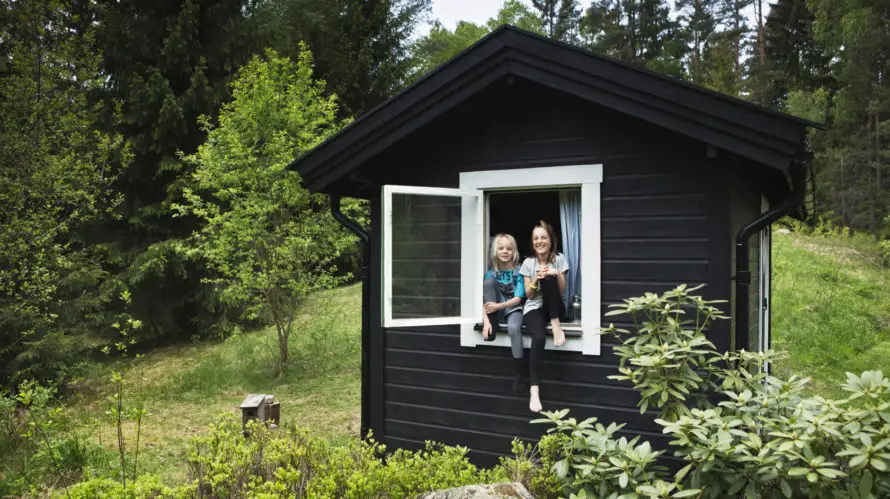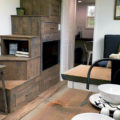For eons, homeowners, decorators, and builders preferred large houses over small ones. At the turn of the century, however, there has been a significant shift in perceptions as many people are now scaling their square footage to try to live large in smaller spaces. It is not a mean feat, however. It requires a lot of creativity and a willingness to declutter and decorating a small space.
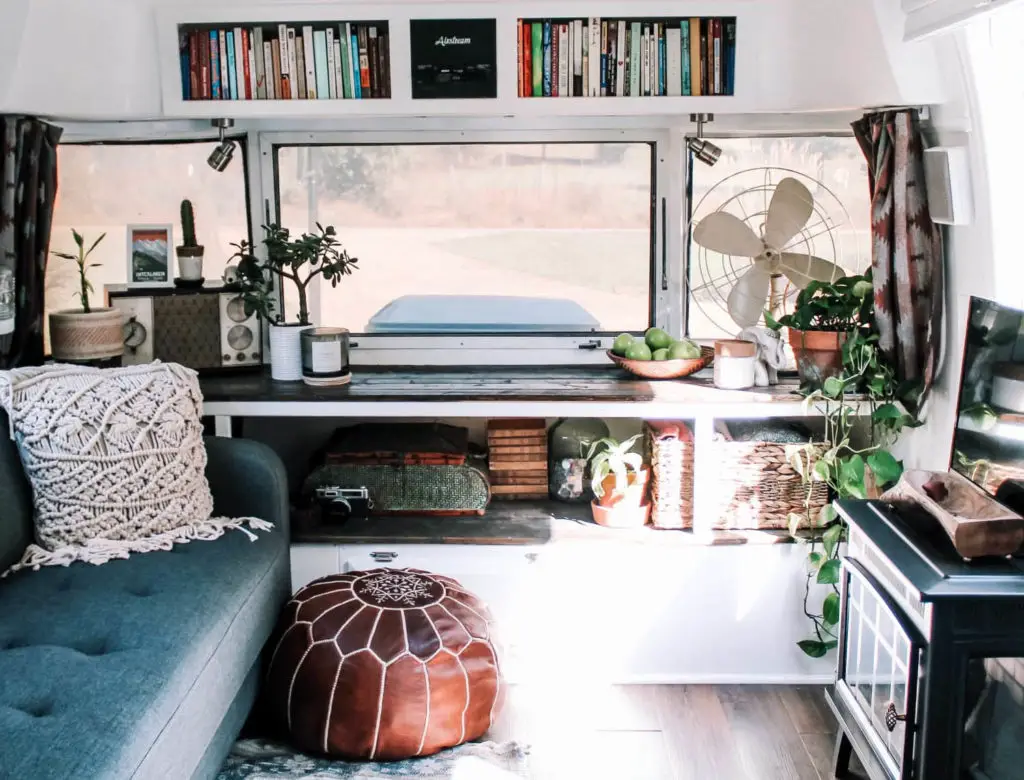
Indubitably, there are myriad benefits that accrue from living in small spaces compared to living in vast areas. For instance, cleaning and maintaining the cleanliness of the house is such a breeze. Moreover, in a small space, you will inadvertently surround yourself with only the things that you love, and that serve a purpose – as there is no room for clutter.
Since more and more people are opting to put up in small spaces, it has become necessary for interior designers to come up with ideas to make living in a small space easier and fun; ideas that take you through the process of decorating a small space. The ideas focus on creating the illusion of space with lighting, maximizing storage potential, furniture placement, and décor color. Below is a run-down of the eight common pratfalls to avoid for a fantastic living experience in a small space.
Overfilling the Space
Over-furnishing, your living area, will congest your little space; thus, it will be counterproductive. Take stock of your furniture, assess what you need to work in your room, select pieces of furniture that will benefit you more than others, and then dispose of the rest.
You do not need many pieces of furniture. One large, carefully selected piece of furniture can make the small space seem larger. For example, if you are lucky to have a high ceiling, a tall cabinet strategically placed in the room will have the effect of drawing eyes upward, away from the small footprint of the room.
The rule of thumb is to ensure every piece of furniture in the room counts and holds its place well.
Overlooking Potential Storage
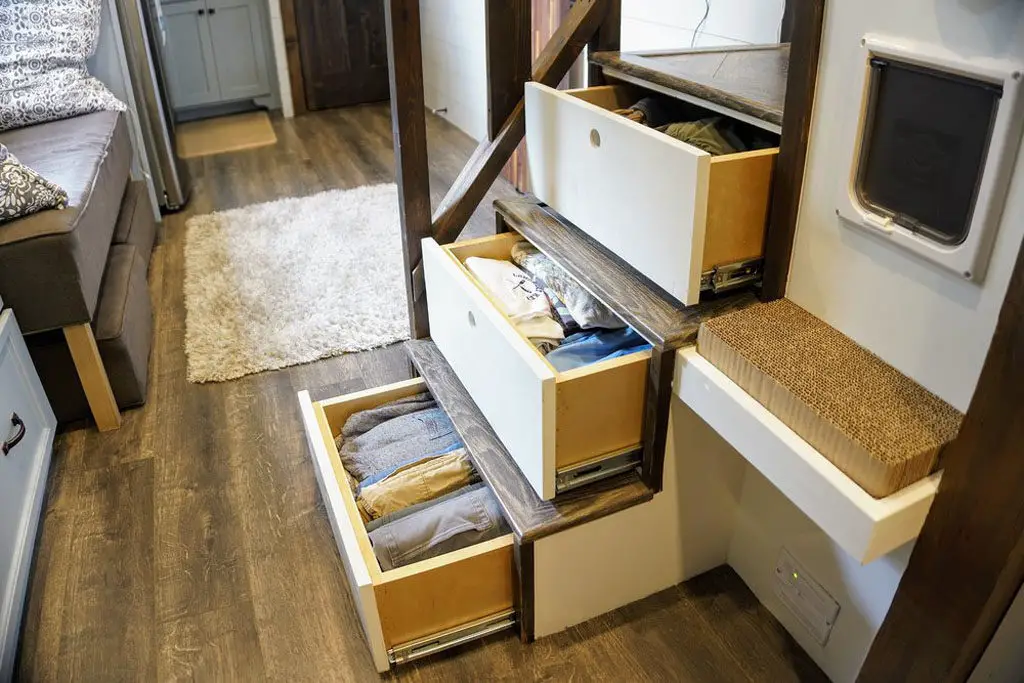
Since your room is small, you will need to utilize the space carefully. One of the best ways to go about this is by decluttering the room. But you need to realize that not everything will need to be stored in a cabinet, drawer, or closet. You will have to be creative. For example, a magnetic strip on the kitchen wall can hold utensils, a shoe bag hung over the back of the door can be used to organize pantry items, belts, cleaning supplies, or belts, etc. The bottom line is: be creative to decorate a small space well.
All-White Walls
It is not in dispute that white walls can make the living area space look flatteringly bigger. And, an all-white pad looks fantastic in pictures. But then these spaces often feel frigid and generic. They lack personality. They lack warmth. Painting ceilings and walls with intense or bold shades, instead, will add personality to your room. Painting the room with Ralph Lauren’s Black Truffles or dark charcoal gray, for instance, will open up space. Don’t be afraid, boldly add variations of color. Blending tones can totally enliven your living area.
Purchasing Art that Does Not Enchant You
If you let it, a piece of artwork can be the soul of your home. Therefore, when buying one, it should be a piece of art creatively, immaculately, and thoughtfully done that it leaves you fascinated. But many people make the mistake of buying a piece of art that lacks personality and/or that does not complement their aesthetic sense. A big, dreary, and uninspiring piece of art will only fill up your small space but add no life to it. It is part of the clutter, discussed above that you should dispose of from your home to free up space for more meaningful things.
Obstructing Natural Light
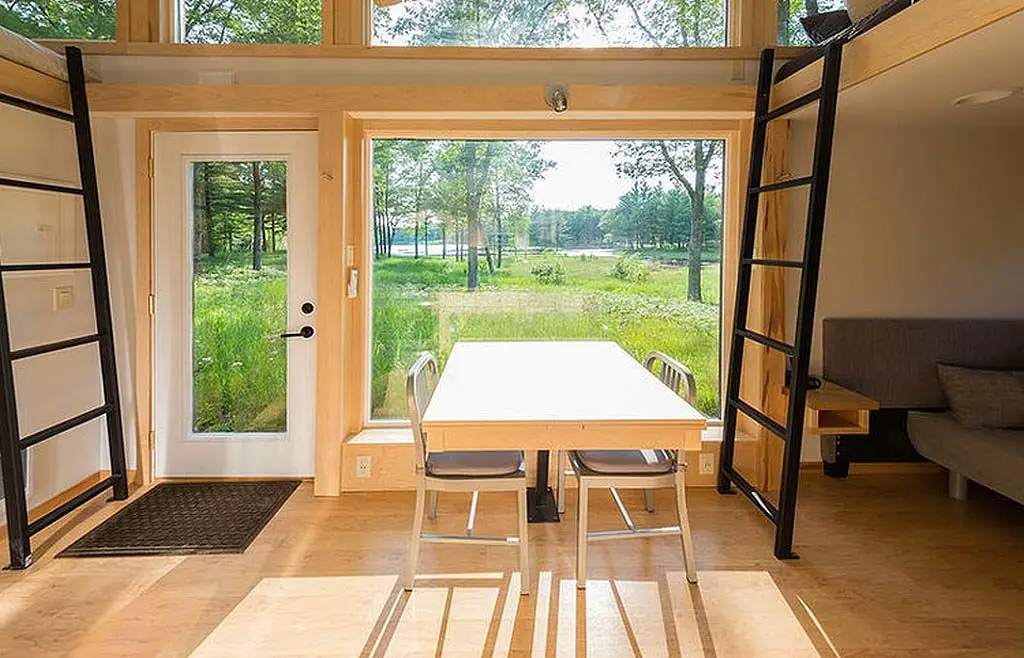
If possible, allow the streams of natural light to flood your home; therefore, do not keep windows covered up. When you are installing the curtains, do not hang them at the same level as the window trim. Position hardware or rods close to the ceiling so as to make your room seem taller and more spacious than it is. You should also remember to install hardware such that the drapes or curtains can open right to the window’s edges.
You should opt for window treatments that provide privacy while letting light pass through. Some of the easiest, most versatile choices include sheer curtain panels in a light color. Consider off-white linen and cotton underneath heavier fabrics and patterns that you can close during the night.
This way, you can enjoy your small space without feeling it is cramped up.
Your Bed is Just on the Ground
Using risers to prop up your bed is one of the easiest and cheapest ways to free up storage on the floor of your small space. Or you can as well go out and invest in a lofted frame with some under-bed boxes that can be used to tuck off-season clothing and clean linens out of sight.
Lining the Perimeter of the Room
You may think it is wise to push furniture against the wall so as to maximize floor space in your tiny house, but doing so will make the already cozy interiors feel more confined. Interior designers agree that placing the furniture a few inches away from the wall can create a little breathing room as well as make the space of the living area feel larger than before.
Going Overboard on Pattern
You should choose one wall to add pattern, color, and design if you desire to keep your small space feeling modern and fresh. But you should avoid overdoing it by trying to paint or wallpaper the entire room, or it will be counterproductive.
Conclusion
One of the greatest sins folks commit when decorating a small space is to embark on designing the room without having everything figured out first. You should first decide everything that you need to happen in the room before doing any decorations. You should envision the furniture in place; the art; the rugs; as well as feel the general aura of the home after decoration before beginning the exercise of sprucing up your room.

